African mathematics, symbolism, and visual design hold untapped potential for UX innovation. The Kikuyu gourd, once a vessel of both utility and poetic meaning, can be reimagined as a digital icon system representing core functionalities in applications. Similarly, the intricate geometry of kiondo baskets and the fractal logic seen in African architecture offer new ways to structure digital experiences, moving beyond rigid, Western-style interfaces toward more organic, interconnected designs. By integrating these indigenous principles, African UX can forge a distinct digital identity—one that is culturally resonant, intuitive, and deeply rooted in communal wisdom.
Designing the Future: African UX Math
When we think of User Experience (UX) design, we often associate it with modern digital tools, sleek interfaces, and Western usability principles. However, African cultures have long engaged in complex problem-solving, visual communication, and interactive storytelling—elements that align seamlessly with UX design thinking. By exploring traditional African mathematics, as highlighted in Africa + Mathematicks by Dirk Huylebrouck, we can reimagine UX frameworks that are more culturally relevant and intuitive for African users.
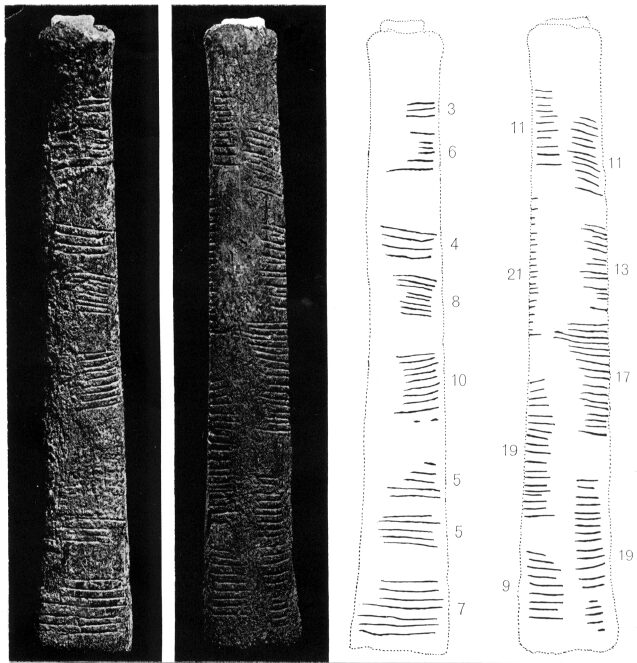
Ethnomathematics and Indigenous Design Thinking
African mathematical traditions are deeply embedded in daily life, from beadwork patterns to rhythmic counting in music. The Ishango bone, dating back over 20,000 years, demonstrates early African numeracy and logic systems. Yoruba multiplication techniques and Ethiopian calculation methods showcase unique cognitive models that differ from Western arithmetic. For UX design, this means rethinking information architecture and navigation. Just as oral storytelling in Africa follows nonlinear yet structured flows, digital experiences can embrace fluidity rather than rigid hierarchies. Think of a social networking app that presents stories in a dynamic, interwoven format rather than a linear timeline.
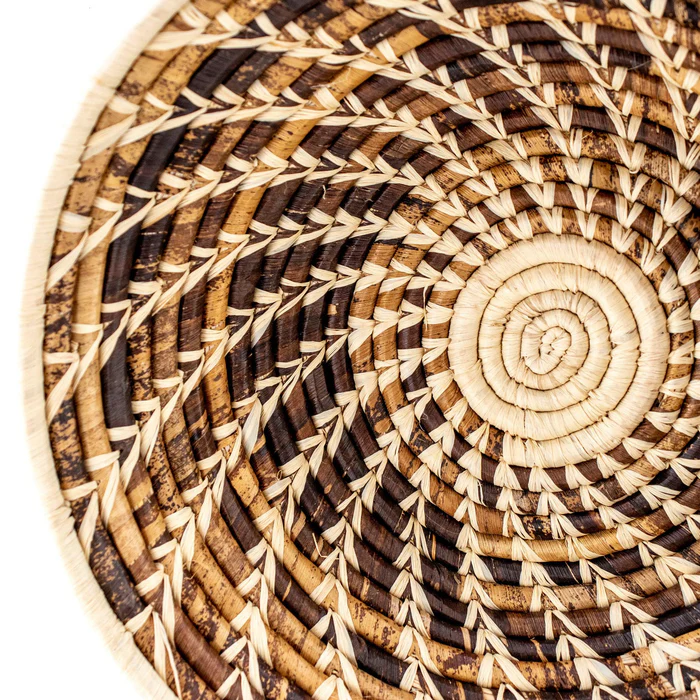
Cognitive Models and Interaction Design
Traditional African problem-solving methods involve communal knowledge-sharing and intuitive reasoning. In UX, this suggests that interfaces should be designed with localized cognitive patterns in mind. Consider how African languages influence perception—many use relational rather than absolute directions (e.g., “toward the mountain” instead of “turn right”). A navigation app tailored for African users could integrate this thinking, offering directions that align with how locals naturally conceptualize space.
The kiondo basket, one of East Africa’s most significant cultural artifacts, further exemplifies the intersection of design, symbolism, and cosmology in African thought. Among the Kikuyu, the kiondo is more than a woven container—it embodies a powerful cosmological model representing life, organization, and architecture. Its intricate geometric motifs and construction methods parallel broader architectural and artistic traditions, offering insights into spatial organization and symbolic representation.

The kiondo’s structure reflects fundamental principles that can inspire UX design. Just as its woven patterns signify interconnectedness, digital interfaces for African users can embrace layered, non-linear navigation models. The basket’s cosmological significance suggests that digital experiences should not just be functional but also meaningful, connecting users to cultural narratives and communal values. By applying the kiondo’s principles, UX designers can create digital environments that mirror African spatial logic, reinforcing both usability and cultural resonance.
Symbolism and Visual Design
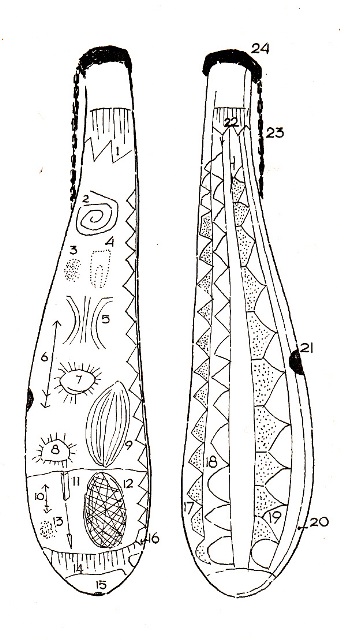
Symbolism plays a vital role in African visual communication. From the Kikuyu gourd to the geometric rock art of the Sahara, African cultures have long used visual cues to convey messages, encode knowledge, and structure social interaction. These visual systems provide rich inspiration for UX design by offering alternative ways of representing information, prioritizing intuitive recognition over textual reliance.
For example, the Kikuyu gourd, which holds deep symbolic and poetic meaning in visual communication, could be adapted into modern digital icons representing core functionalities in applications. Instead of generic Western symbols, an African banking app could integrate gourd-inspired symbols representing wealth, trust, and prosperity, making the experience more culturally relevant and intuitive for local users.
Mathematical Patterns and UX Structure
African mathematics, deeply embedded in daily life, offers unique approaches to structuring digital experiences. Fractal geometry, seen in the architecture of Ba-ila settlements in Zambia or the recursive patterns of Ndebele wall art, suggests that non-linear and self-repeating structures could be valuable in UX design.
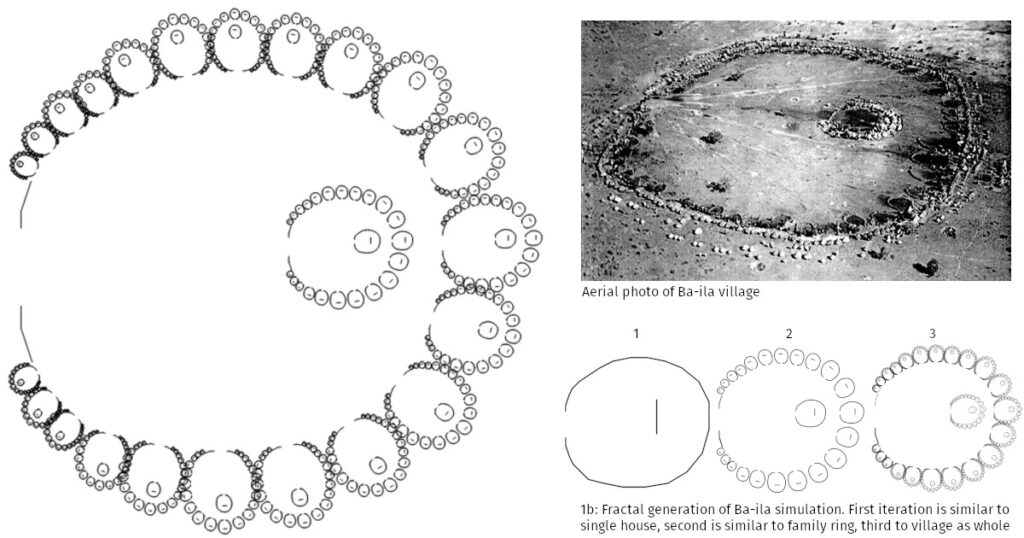
Instead of rigid, Western-style hierarchical menus, African digital interfaces could adopt more organic, self-similar structures. A mobile learning platform, for instance, could be designed in a way that reflects fractal thinking, where lessons and concepts interconnect dynamically rather than following a strict step-by-step path. This would align more naturally with how knowledge is traditionally passed down in African societies—through storytelling, cyclical reinforcement, and experiential learning.
Opportunities for Innovation in Design
-
- Culturally-Informed Iconography – By drawing from traditional symbols and artistic patterns, UX designers can develop culturally rich icon sets that improve recognition and user engagement.
-
- Fractal-Based Navigation Systems – Instead of linear interfaces, African-inspired UX design can explore non-linear, interconnected structures that allow users to navigate digital spaces more fluidly.
-
- Dynamic Information Architecture – Inspired by African oral traditions, digital storytelling platforms can use flexible, branching narratives instead of rigid, predetermined paths.
-
- Community-Centered UX Approaches – Just as African mathematical systems emphasize collective problem-solving, UX design can integrate co-creation methodologies, ensuring that products are shaped by the needs of their users rather than imposed structures.
Problem-Solving through Community-Based Mathematics
African mathematics is not just about numbers—it’s about relationships and patterns. Many traditional methods emphasize iterative problem-solving within a group. UX design in Africa should take a similar approach: embracing participatory design where communities contribute to the creation of digital experiences. Co-design workshops with local artisans, farmers, or students can lead to more effective, user-centered solutions.
Decolonizing UX Frameworks
One of the key takeaways from Africa + Mathematicks is that mathematical knowledge is not exclusively Western. Similarly, UX design should not be bound by Eurocentric heuristics. African designers can develop frameworks that prioritize local user behavior, storytelling traditions, and communal interaction over Western-centric norms like minimalist aesthetics or rigid usability rules.
Historical Ethnographic Studies and UX Inspiration
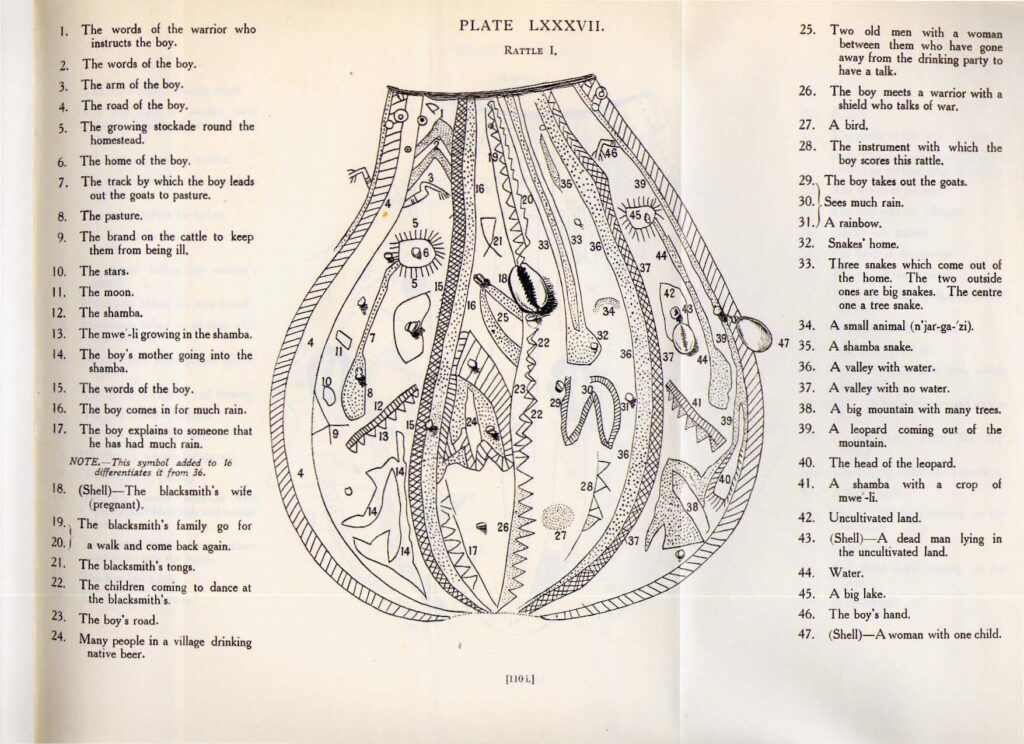
With a focus on preserving indigenous knowledge, historical ethnographic studies provide a valuable reference for UX designers seeking authenticity in digital experiences. With a Prehistoric People: The Akikuyu of British East Africa by William Scoresby Routledge and Katherine Routledge (1910) was the first broad ethnographic study of the Gĩkũyũ people. Prior to this, most studies on the Gĩkũyũ were journal articles focusing on single topics or general discussions in publications like The Journal of The Royal Anthropological Institute of Great Britain and The Geographical Journal.
The Routledges’ work, based on years of immersive research in Nyeri, provided a detailed record of Gĩkũyũ craftsmanship, including iron-making, pottery, jewelry, basket weaving, and dress. Their photographic and illustrated documentation captured aspects of Gĩkũyũ material culture that later disappeared, offering insights into traditional aesthetics, functional design, and user-centered craftsmanship. These insights can inspire African UX designers to integrate traditional knowledge into digital interfaces, reinforcing cultural identity while advancing usability.
For example, the detailed documentation of the Ndome shield and Gĩcandi gourd, which contained encoded cultural knowledge, reflects how indigenous objects served as repositories of information. Just as the Ndome shield was central to initiation rituals, UX designers can consider how interactive digital elements might function as modern repositories of cultural narratives and user engagement.
Afrofuturism and the Future of UX Design
African mathematics is a testament to ingenuity and innovation. By integrating these historical insights into UX, we can create digital experiences that are deeply rooted in African identity while pushing technological boundaries. Whether in fintech, edtech, or AI-driven platforms, African UX design has the potential to lead a new era of digital experiences that are both forward-thinking and culturally authentic.
Conclusion
By drawing from Africa’s mathematical heritage and ethnographic records, UX designers can build interfaces and experiences that truly reflect the continent’s unique ways of thinking and interacting with the world. This approach is not just about aesthetics—it’s about function, usability, and creating digital products that feel intuitive to African users. The future of African UX design is not just about catching up to global trends—it’s about setting new ones by looking inward and embracing our own rich intellectual traditions.

